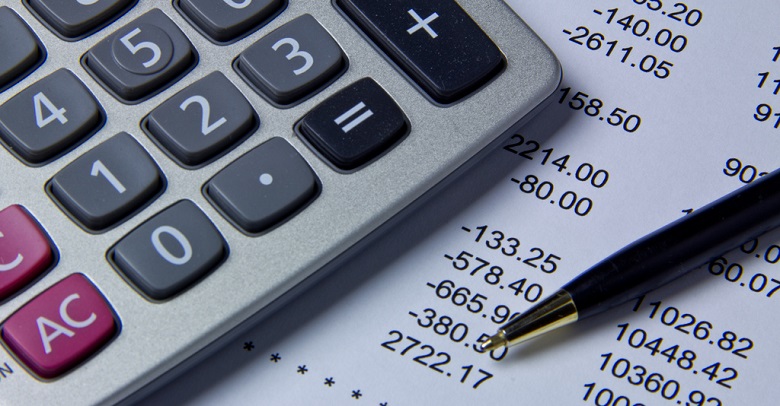Experts have warned that thousands have paid incorrect tax on pension withdrawals under the new rules.
In the 2015 to 2016 tax year, at least 232,000 people withdrew funds from their pensions. This was in the wake of the new rules implemented in April 2015 which permit those over 55 to take money out of their pension pots in one go, rather than purchasing an annuity.
However, accountants have stated that many of these withdrawals will have been taxed incorrectly.
The issues have stemmed from the tax code provided by the HMRC which the tax for the one-off withdrawals was based on. The tax was deducted by pension providers in line with this specific code.
It has emerged that this code, usually based on earnings from the past year, was frequently incorrect.
Commenting on the error was Tina Riches from accounting practice, Smith & Williamson. She elaborated on the likelihood of the correct amount being paid.
“Some people will have paid the right amount of tax, but the majority who took lump sums will probably have paid the wrong amount. The chance of HMRC getting it right is relatively low.
“The PAYE system doesn’t work particularly well when there is more than one source of income or where that income is taken in single sums”.
On occasions where the money is taken out in a single sum – for mortgage debt payments or university fees – problems are more likely to occur.
This is due to the lack of time HMRC has to adjust the code, according to George Bull, the senior tax partner at RSM.
Where there has been a failure to declare underpaid tax, experts have stated that interest could be imposed by HMRC; this is applied at 2.75% to late tax payments.
Highlighting further issues in regards to the tax codes was Nimesh Shah of accountancy firm Blick Rothenburg. He commented on the lack of certainty for pension providers in regards to one-off payment tax deductions.
“It’s a real issue. Pension companies didn’t know what marginal rate of tax the individual should have been paying.
“They were relying on information from HMRC, but very often this wasn’t correct, because someone’s income could be very different one year to the next”.
Mr Shah went on to state that the people at the most risk of penalty would be those who paid 20% tax on their withdrawal but should have paid 40%. This would be the case for peoples who paid basic-rate tax but due to the withdrawal of a lump sum, would be shifted into a higher-rate bracket.
Some may discover that due to other income sources not being accounted for – private pensions for example – an insufficient level of tax may have been paid in these areas.
Overpayment of tax may also be a concern for those who retired in 2015. As the government may have assumed they were still in employment, the salary they were earning may have pushed them into a higher-rate band.
On the day before the tax return deadline, HMRC struggled to manage the hundreds of thousands of taxpayers rushing to file their returns.
The government announced that 1.1 million individuals had left online returns to the last minute.
It also announced that the annual tax return scheme will be scrapped by 2020, being replaced by a quarterly one instead. This will involve landlords, businesses, and self-employed people to use the relevant digital software in order to update the Government.
This is set to start in April 2018 for landlords and those who are self-employed.



















